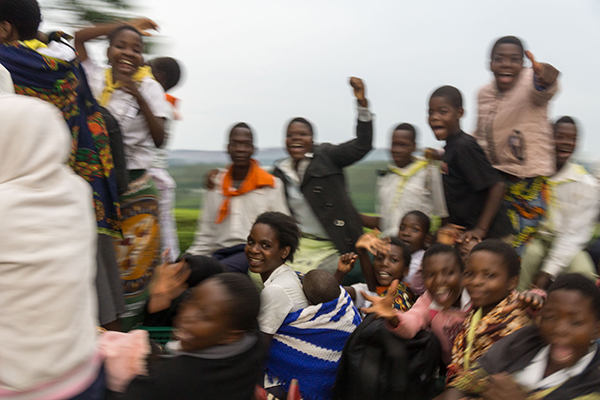Can a photo capture the concept of mission being acted out? The answer is yes, as shown by winning pictures from the 2016 photography contest held by the Global Health Institute at Loma Linda University Health.
First place went to Scott Nelson, MD, assistant professor of orthopaedic surgery, and medical student Rachel VanderWel captured second. Honorable mentions were earned by medical student Conor Dean Spady, alumnus Tim Gobble, MD, and alumna Eva Ryckman, MD.
To be eligible, entrants had to participate in a mission trip sponsored by LLU’s Students for International Mission Service, be serving as deferred mission appointees or global service awardees, or take part in another type of mission project sponsored by Loma Linda University Health.
First place: “Operating in the Dark” by Scott Nelson
This photo was taken at Hôpital Adventiste d’Haiti in Haiti in June 2016. In spite of a power outage, a complex orthopaedic operation continues with headlamps.
Second place: “On to Life” by Rachel VanderWel
Taken at Kanye Adventist Hospital in Botswana in July 2016, this photo shows the sorrow of a petite woman writhing on the operating table before a successful c-section of a male infant.
Honorable mention: “Laughter Instead of Pain” by Conor Dean Spady
Another photo taken at Hôpital Adventiste d’Haiti in June 2016 features an orphan named Jesemene who is brave in the face of a needle puncture preceding surgical correction of her clubfeet.
Honorable mention: Untitled by Tim Gobble
In November 2016 near Malamulo Adventist Hospital in Malawi, a truck full of Pathfinders singing African hymns passed by Gobble and other staff members taking a walk. This photo captures the Pathfinders’ infectious spirit of joy.
Honorable mention: Untitled by Eva Ryckman
In January 2016, LLU alumnus Seth Gillham, MD, offers a presentation, despite suboptimal conditions, on the importance of cancer screening to residents in Trinidad, where low screening rates are reflected in high cancer incidence.

